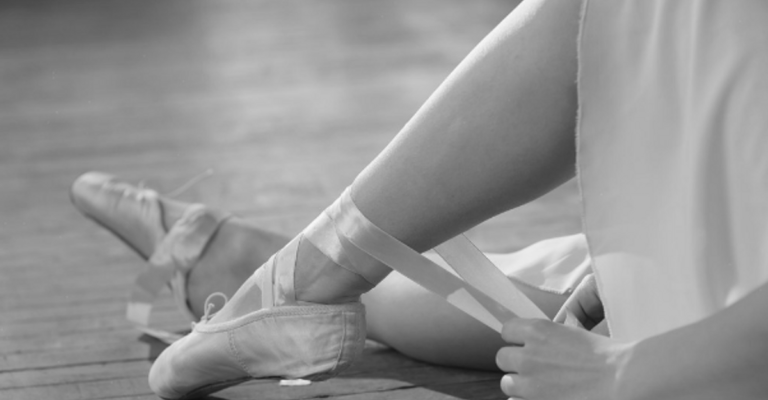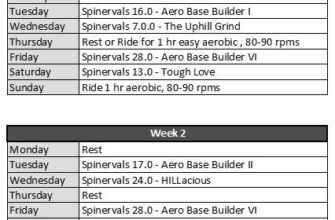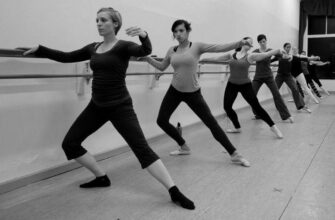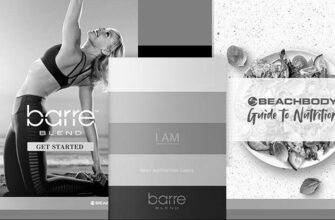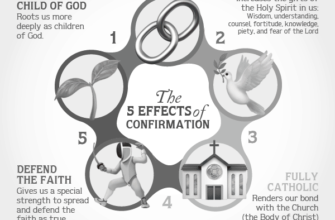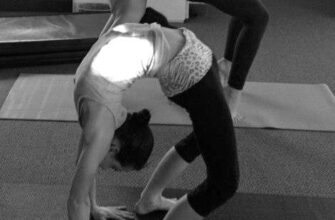When it comes to pointe work, proper pointe shoe fitting is essential to avoid injuries. Finding the best pair of shoes for your specific foot structure and pointe work requirements is a collaborative process. Here are some common pointe shoe fitting mistakes to avoid. Your dancer’s feet are an essential part of the fit process; an expert can be your best friend or worst enemy. These mistakes could cost you dearly if you don’t know what to do in the fitting process.
Proper pointe shoe fitting is essential to avoiding injury from pointe work.
When choosing a pointe shoe, buying one that fits correctly is essential. There are many tips to avoid making a mistake while doing your pointe shoes, but following these guidelines will help ensure you’re comfortable and prevent injuries from pointe work. One of the biggest mistakes made during pointe shoe fitting is ignoring your shoe size. The shoes should fit snugly but not so tight as squeezing the toes together. Also, they should be firm enough so that your toes don’t rub together. You could risk ingrown toenails if the shoes are too loose or tight.
New pointe shoes should be changed on a regular schedule. Young pointe students should replace their shoes before they become too soft to be used for pointe work. Advanced dancers wear their pointe shoes once they become too weak. De-shanked shoes can be worn as ballet slippers during class. This is a common injury-causing mistake and should be avoided whenever possible.
During pre-pointe assessments, qualified dancers will be assessed for any potential weakness in their muscles or ankles. This allows them to choose the best pointe shoe for their feet. Proper pointe shoe fitting will prevent many common injuries. Many pointe shoe injuries are caused by improperly fitting shoes or a lack of hip strength. To avoid these problems, you should first take regular ballet classes. They will warm up your body and help you avoid injury.
While proper pointe shoe fitting will help minimize these problems, a few minor issues can occur. Some minor problems can develop due to improper fitting pointe shoes, including ingrown toenails and blisters. In addition, your toe pads should be kept clean and dry to avoid fungal infections and blisters. Toe pads should be replaced regularly and cleaned hygienically. If a blister does develop, it’s a good idea to cover it for class.
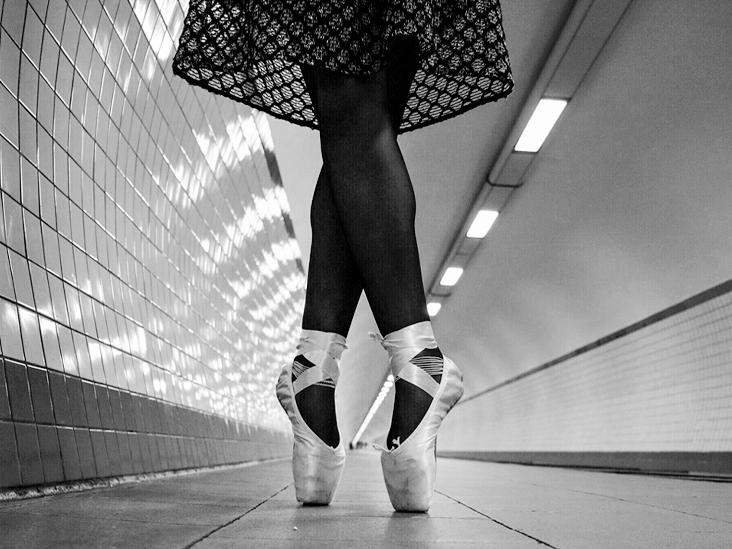
An adequately fitted pointe shoe should also accommodate your foot’s natural wear. Pointe shoes’ natural wear and tear depends on the dancer’s strength and alignment. If you do not take proper care of your pointe shoes, the shoes will break down more quickly and cause you pain and discomfort. So, a good fit is essential to prevent injury. And proper care is necessary to avoid injuries during your pointe work.
It is a collaborative process to find the perfect pair of shoes.
When finding the right pair of pointe shoes, you’ll work with an expert in the field. Roy has been professionally fitting pointe shoes for over 20 years, and his team of shoe experts is all former dancers. They understand how pointe shoes should feel and function on the floor. They’ll also guide you through the process step-by-step, answering any questions you may have.
Finding the right pair of pointe shoes is essential in your dance career. Good shoes will make your performance run smoothly, but if you don’t like the style or the color, you’ll likely end up in tears. Plus, good shoes are fun to wear. But, it would help if you started early, as the risks of injuries increase as pointe work progresses.
When looking for the right pointe shoes, you should also consider your foot anatomy and choose a reputable fitter. Your feet constantly change, and your pointe shoes should adjust to accommodate that. That’s why you should do your research before committing to a specific brand. You should also talk to your teacher to find out if there’s a particular type of pointe shoe you need.
It can be your best friend or your worst enemy.
While skipping a pointe shoe fitting may be tempting, this process is not always the most supportive. Despite this, you must try as many pairs of shoes as possible to find the right one for your feet. Remember that the right fit is vital to your safety. You can also pimp your boots and add padding to the inner part of your foot to make them more comfortable. Ultimately, it is essential to know how to tell if a shoe is painful or not.
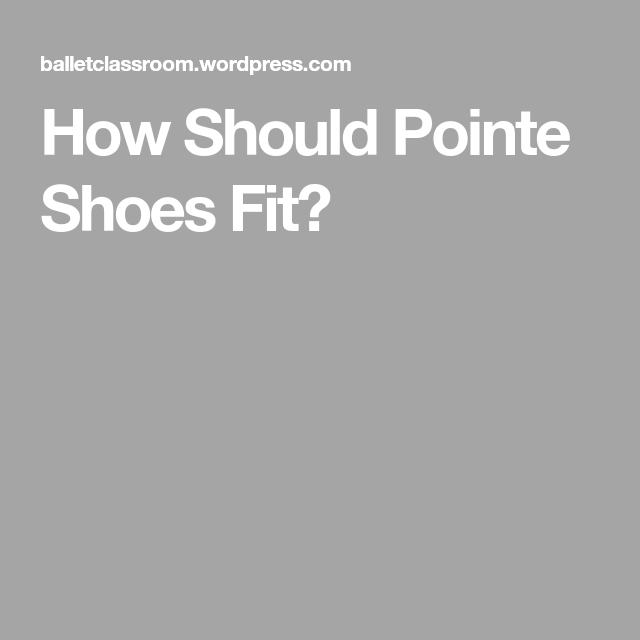
The first fitting can have a profound impact on your pointe experience. The subsequent fittings are the backbone of pointe work development. Choosing the right fitter is essential because this first fitting is the most critical step to progressing to the next level. Fortunately, many dancers have had great experiences. Read on to learn more about what to look for in your fitting.
Common mistakes to avoid during a pointe shoe fitting
One of the biggest problems when purchasing pointe shoes is a baggy heel. The heel is too large, and the shoe will not stay tight on the pointe. Too much material on the heel is another common mistake. This can lead to problems down the road and can even result in an injury. To avoid this issue, you can purchase shoes that are slightly shorter than necessary. Another mistake is a twisted insole. If you notice this, it may be a sign that the pointe box is too narrow. If this is the case, you can choose a shoe with a broader package.
In addition to sizing, make sure the shoe is fitted correctly. Too narrow a shoe can cause the shank to twist. A wider shoe can also prevent this problem. It is essential to break in the heel of a shoe before wearing it. A poorly fitted pointe shoe may even cause the shank to twist. A proper fit means the foot is squarely in the shoe and the padded area around the toes is wide enough for the ballet dancer to dance in.
Excessive padding is another mistake to avoid. This can hinder the correct fit and reduce your confidence. It would help to get your shoes properly fitted before getting them padded. It would help if you also got your pointe shoes equipped with tights. It is not wise to purchase pointe shoes that are too wide because they will not fit properly, even if they look perfect on the floor. However, it is okay to spot-padding the shoes with padding if done correctly.
If you plan to buy pointe shoes, leave plenty of time for the fitting process. You will want to spend at least 30 pairs of shoes, but don’t give in to the pressure of the salesperson. A proper pointe shoe should fit snugly and comfortably on both toes. Toes should lay straight inside the shoe box without overlapping. Also, avoid purchasing pointe shoes online.
